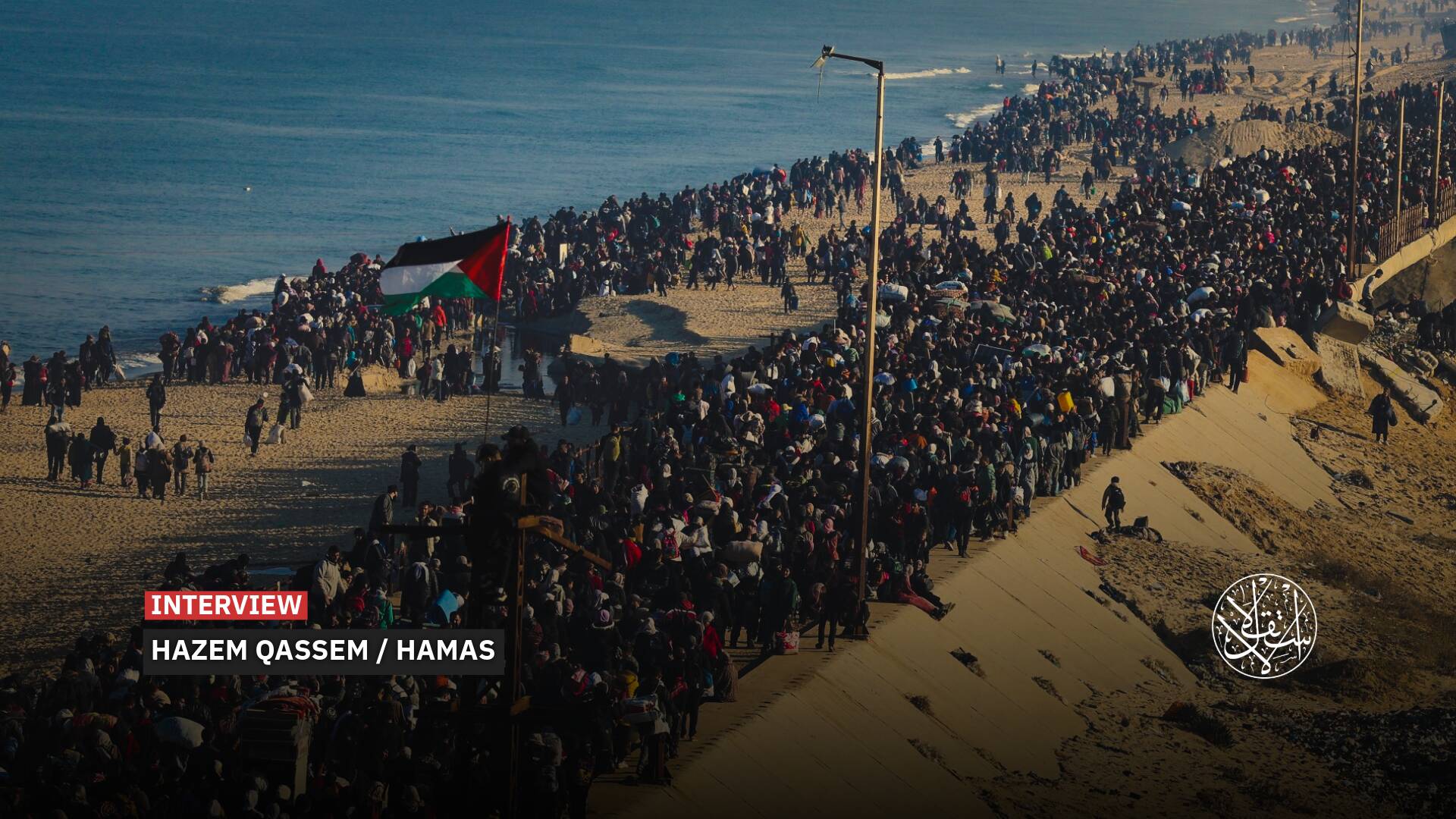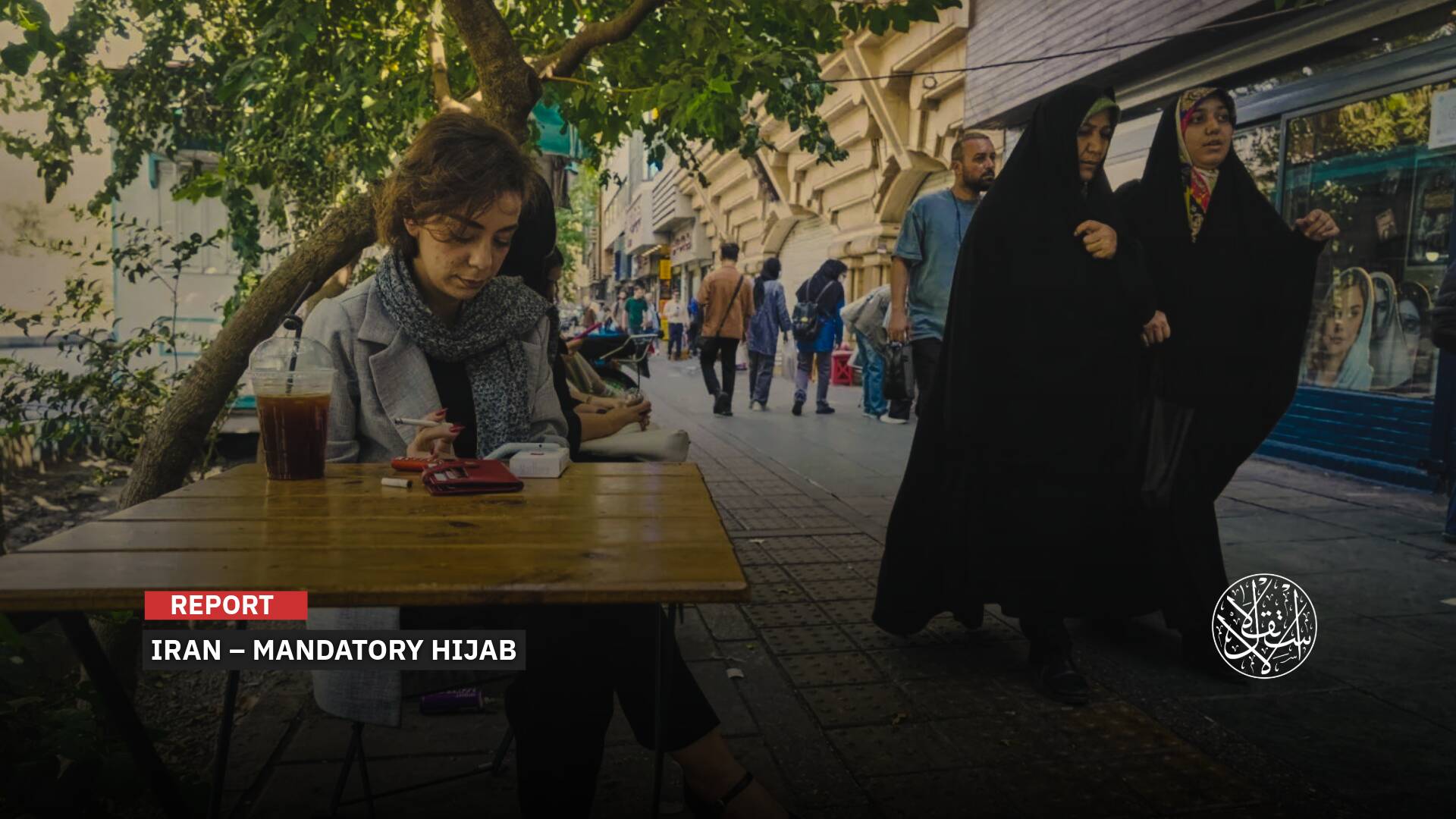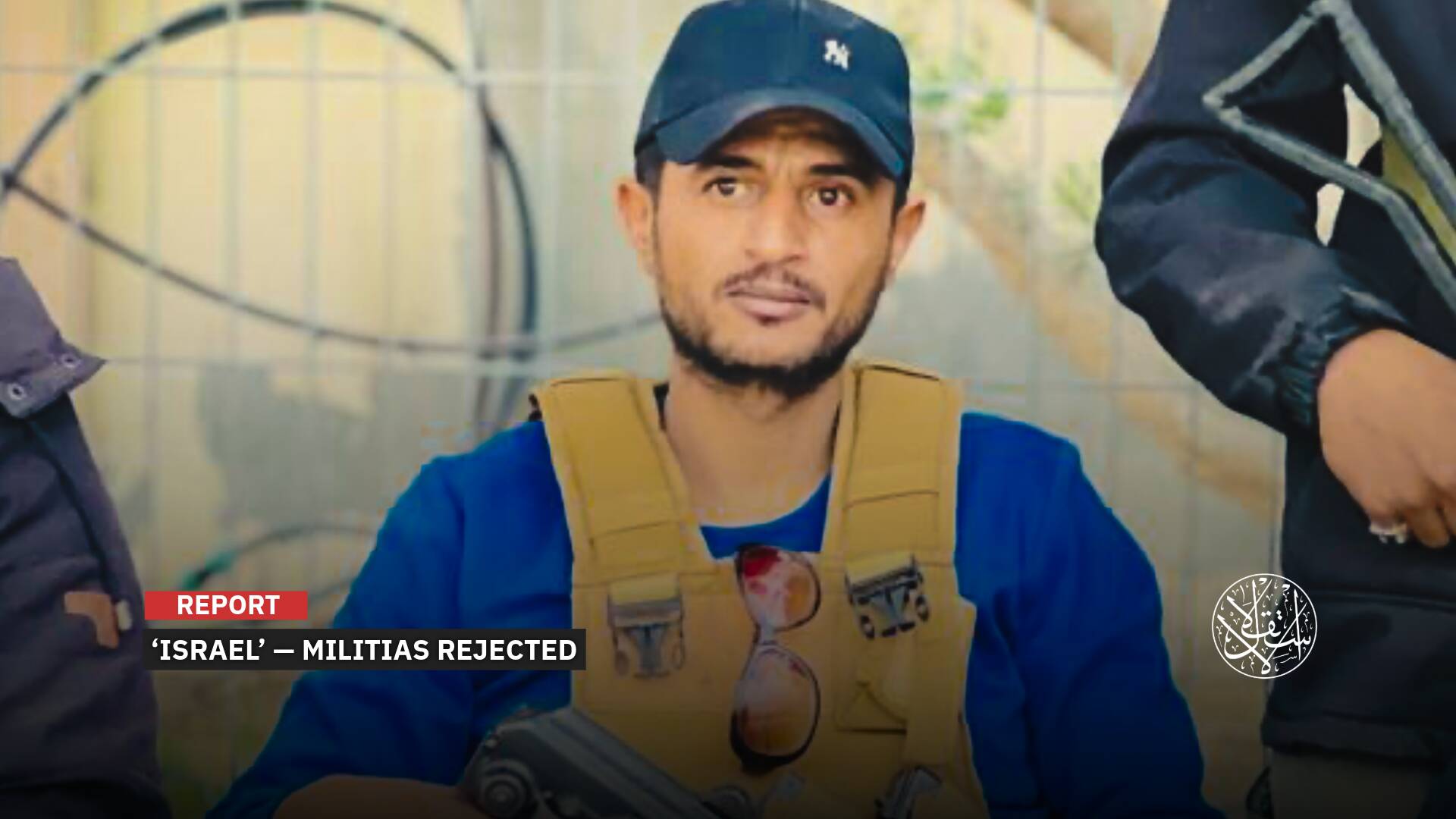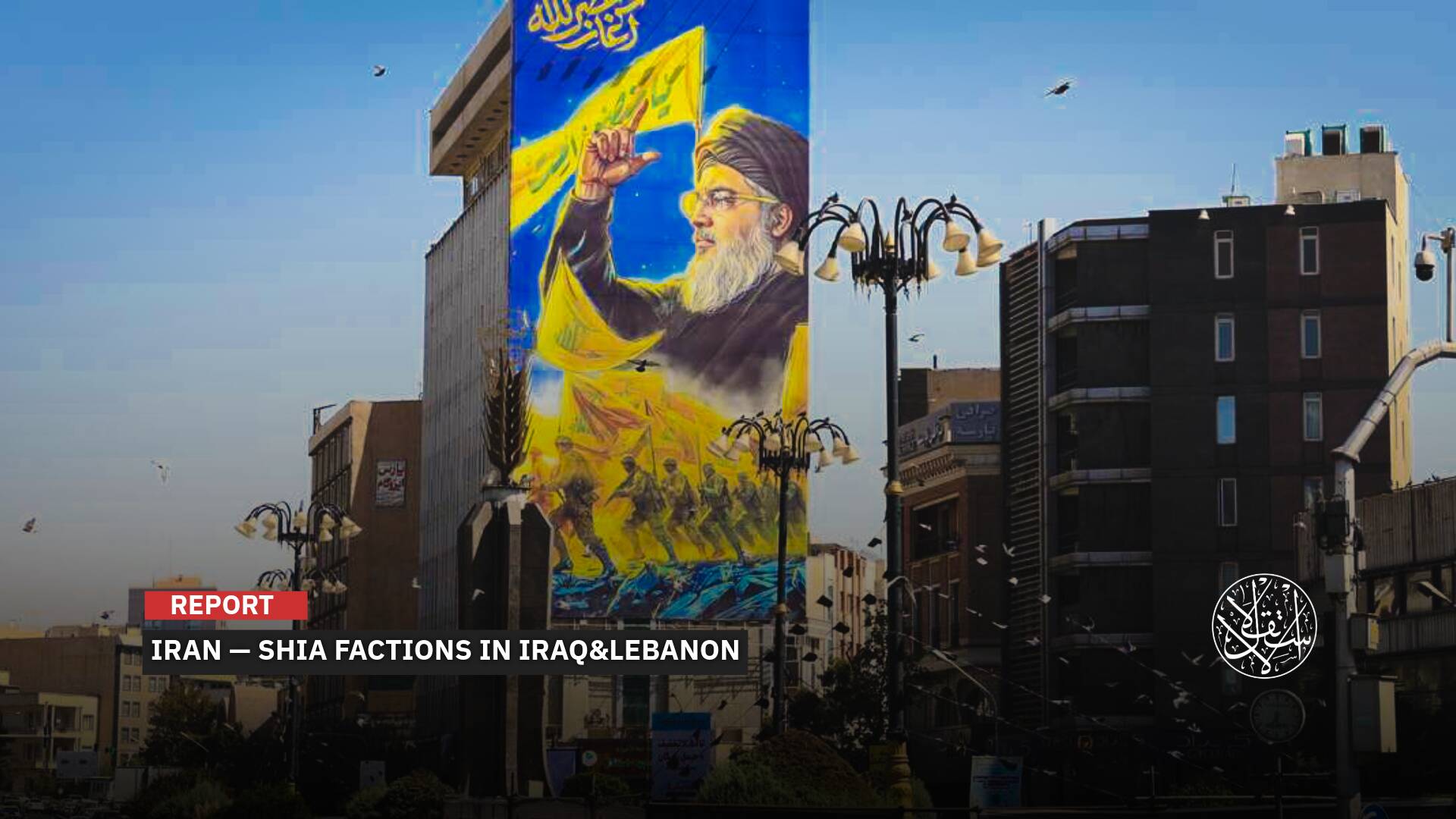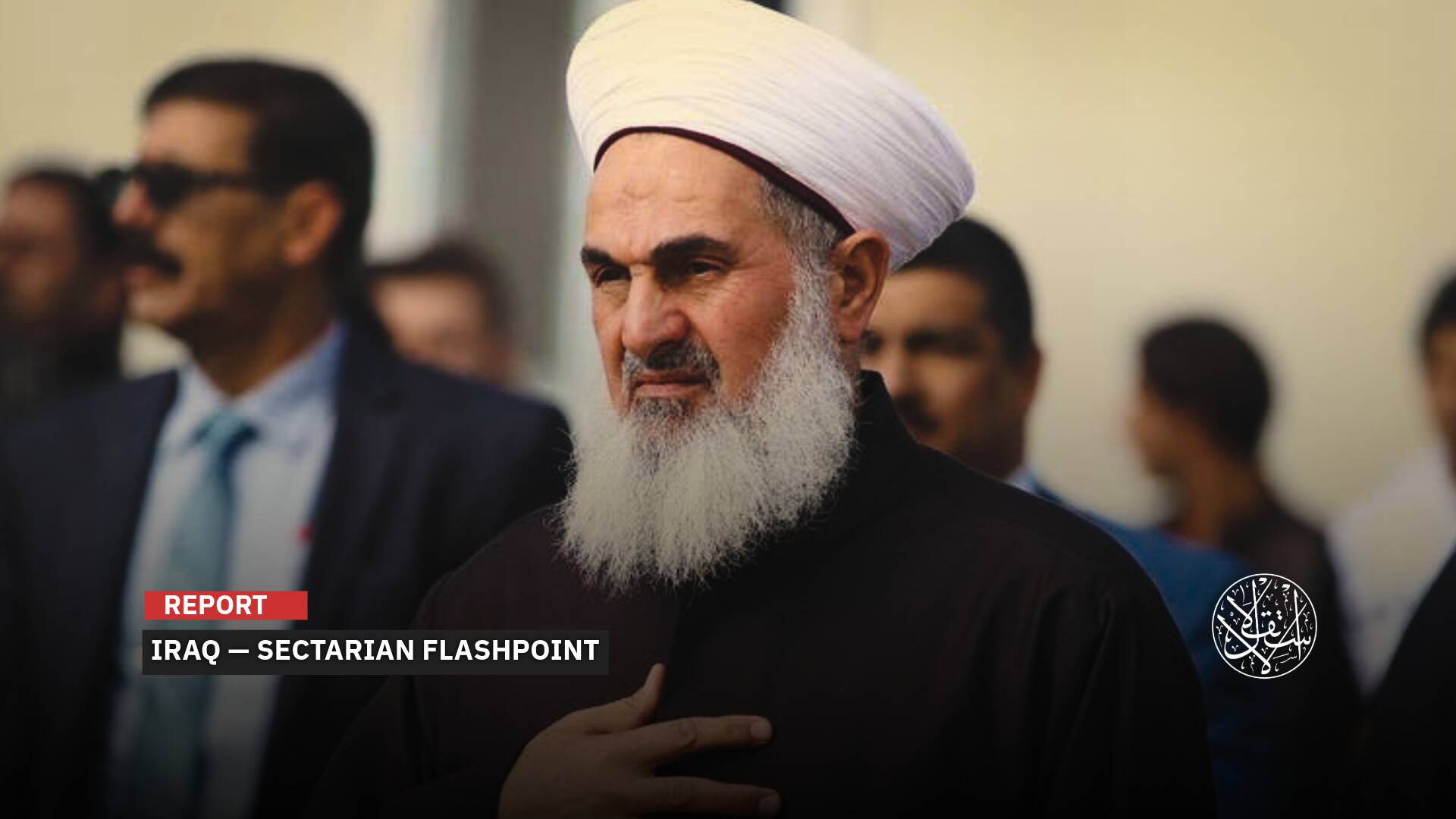Siege, Displacement, Arrests, and Assassinations: How ‘Israel’ is Turning the West Bank into Another Gaza

Israeli policy is now clear: settlement and Judaization will affect every inch of land in the West Bank.
Since the start of Operation al-Aqsa Flood on October 7, 2023, Israeli Occupation authorities have escalated their retaliatory measures in the West Bank, turning it into a “new Gaza” through siege, arrests, destruction, displacement, and killing.
While the region and the world are preoccupied with the genocide in Gaza, the Israeli Occupation forces intensified violations in the West Bank unprecedentedly as part of their plans to expand control, settlements, and displacement.
The Israeli Occupation escalated its violations in the West Bank immediately after Operation al-Aqsa Flood, thwarting any possibilities of military escalation on this front; a front that is in considerable tension with the Israeli Occupation forces.
Aerial Assassinations
Notable evidence of turning the West Bank into a new Gaza was the introduction of aerial warfare by the Israeli Occupation army against the resistance fighters there, a practice uncommon in recent years due to the proliferation of military checkpoints and the ease of carrying out raids and assassinations, compared to the Gaza Strip from which the Israeli Occupation forces fully withdrew in 2005.
The latest of these operations was the Israeli army's airstrike on a house in the Jenin refugee camp in the northern West Bank on May 18, 2024, resulting in the martyrdom of Islam Khamaysa, a leader in the Jenin Brigade affiliated with the al-Quds Brigades, the military wing of the Islamic Jihad Movement; 8 others were injured.
Islam Khamaysa is one of the leaders and founders of the Jenin Brigade; the Israeli army accuses him of conducting the Homesh settlement operation in the northern West Bank, which resulted in the killing of one settler in March 2024 and other operations.
Yedioth Ahronoth newspaper stated that the unusual Israeli airstrike targeted a cell preparing for what it described as an imminent operation.
This marks the second time the Israeli forces have targeted the Jenin camp with helicopter strikes, as they have resorted to the aerial bombing in recent months.
Since October 7, the Israeli army has conducted several other airstrikes with helicopters and drones, targeting cars of resistance fighters, mosques, and homes. In general, from that date until May 19, 2024, 506 Palestinians have been martyred in the West Bank.
According to the Palestinian news agency WAFA, one of the most prominent aspects of escalation in the West Bank is the drone bombings, which have become an official policy of the Israeli Occupation forces.
At the end of January 2024, WAFA noted that since October 7, the Israeli Occupation has conducted about 40 aerial bombardments in the West Bank, including two conducted by fighter jets, targeting camps in Jenin, Tulkarim, Nur Shams, Balata, and Wadi Burqin.
This was preceded by the Israeli army's announcement on June 21, 2023, of the assassination of a resistance cell after bombing a vehicle with a drone in northern Jenin.
This is the first time since 2006 that the Israeli Occupation has used aircraft for such operations, indicating a new reality.
The last Israeli helicopter assassination operation was on the morning of August 9, 2006, launching three missiles at a house where the resistance members from Saraya al-Quds, Amjad Ajami and Mohammed Atik, were located, resulting in their martyrdom.
Prior to that, the Israeli Occupation conducted several helicopter assassination operations during the Second Intifada (2000-2005).
Assassinations by aircraft in the West Bank have resumed after, in recent years, various military groups affiliated with Hamas, Islamic Jihad, and other factions have become active, occasionally conducting bombings and shootings against the Israeli Occupation forces and settlements.
This has made it difficult to conduct large-scale raids in areas most dangerous to the Israeli Occupation forces, such as refugee camps, prompting them to resort to aerial weaponry.
Palestinian writer Ali Habiballah said that targeting a vehicle carrying Palestinians with an unmanned aerial weapon warns of the form the Israeli Occupation will take in the West Bank in the future.
In an article published by the local Arab48 website on June 23, 2023, he explained, “This troubling trend reflects the progression of resistance against the occupation in the northern West Bank, particularly in Nablus and Jenin. Despite its limited resources and modest scale, the resistance persists, particularly in the face of military incursions.”
"In this operational context, we witness the Israeli Occupation's strategic pivot towards aerial targeting in the northern West Bank, as direct ground engagements have proven increasingly costly for its forces," He added.
He elaborated, "Costly indeed, and it's essential to note that our discussion pertains to Jenin, distinct from Gaza or southern Lebanon. According to military and security reports cited by Israeli newspapers and media outlets quoting military leaders, the imposition of deterrence and stability in the northern West Bank now demands recourse to aerial operations."
Tightening the Siege
Among the signs of escalation in the West Bank after October 7 is the imposition of a blockade on many Palestinian cities and villages, intensifying isolation between them, and increasing the number of permanent and temporary checkpoints.
Restrictions on movement and the proliferation of checkpoints in the West Bank did not start on October 7, as isolation and segmentation have been the reality for decades; “Israel” tightened control even more over movement and travel after that date.
In a study on the situation after October 7, the Institute for Palestine Studies said, “Israeli permanent checkpoints, which separate the West Bank from Jerusalem and the lands occupied in 1948, remain, such as the Qalandia checkpoint, the 300 checkpoints in Bethlehem, the tunnels checkpoint, and Jalameh, among others."
According to the institute study published on December 26, 2023, “the number of checkpoints separating Palestinian cities and communities has increased, and Israel has practiced policies to restrict movement and torment Palestinians.”
For example, crossing the Container checkpoint, which separates the south of the West Bank from its center, has become a tale of survival.
It is closed for long hours, leading to severe traffic jams, leaving Palestinians stranded for hours without the ability to pass or even get out of their cars; the same thing happens at other checkpoints, according to the study.
“As for the Jaba checkpoint east of Jerusalem, which separates this city from the West Bank, crossing it has become a daily ordeal for travelers, as it is not possible to enter Ramallah, for example, from other areas except through the checkpoint,” the study stated.
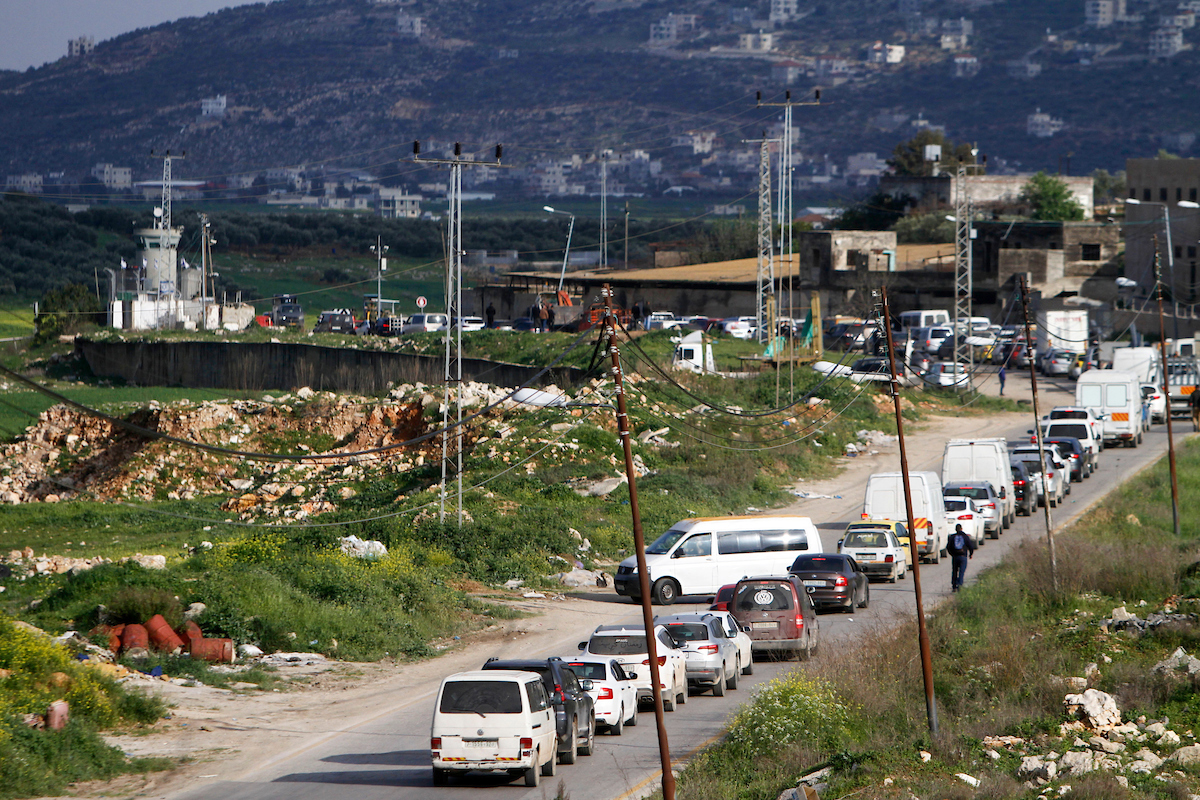
The Beit El checkpoint has been closed off entirely with Concertainer barriers, along with alternative routes and holes in the barriers that were used to bypass the checkpoint. Similar restrictions apply to alternative routes around the checkpoints.
Similarly, entry into or exit from Jericho has become significantly restricted. As for Hebron, it has been almost closed off since the beginning of the war, and entering or exiting it requires more than two hours.
Palestinians now take rural and unpaved roads, sometimes walking through mountains, to reach their destinations; noticing those roads, the Israeli army closes them off with earthen barriers, according to the study.
In this way, after October 7, the Israeli Occupation increased closures, new checkpoints, and tightened existing ones, along with an increase in the number of “surprise” checkpoints tormenting Palestinians, in addition to road closures with cement blocks, earth mounds, or iron gates.
The number of permanent and temporary checkpoints erected in the West Bank, which divide Palestinian territories and impose restrictions on the movement of individuals and goods, reached 840, with over 140 established after October 7, according to the Colonization and Wall Resistance Commission (governmental) on March 30, 2024.
As a result of these checkpoints, the number of detainees in the West Bank has increased to 8,775 individuals since October 7, according to statistics published by the Ministry of Detainees and Ex-Detainees Affairs and the Palestinian Prisoners Club in a joint statement on May 19, 2024.
Through these measures, the Israeli Occupation forces ensured two objectives: first, tightening the siege, restricting movement, and confining citizens to specific areas, in a miniature form of what is done in Gaza; second, increasing the difficulty of conducting any resistance operation.
Destruction and Displacement
The situation did not stop there. The image of destruction and displacement has also shifted from Gaza to the West Bank, albeit on a smaller scale, considering the enormity of the tragedy in the Strip.
The Colonization & Wall Resistance Commission stated in the aforementioned statement that “Israel” seized about 27,000 dunums (a dunum equals 1,000 square meters) of occupied West Bank land, studied 52 settlement structural plans, and forced 25 Palestinian communities to evacuate since the start of its aggression on Gaza.
The statement quoted the head of the Commission, Muayyad Shaban, as saying that the state of the Israeli Occupation “has concealed behind the horrific aggression against our people in Gaza by systematically confiscating Palestinian land, amounting to 27,000 dunums.
The area of Palestinian land effectively subject to Israeli measures amounted to 2,380 square kilometers, constituting 42% of the total area of the West Bank, and 69% of the total classified areas (C), which are under Israeli military rule.”
He pointed out that “Israel” has started to establish buffer zones around settlements in the West Bank through a series of military orders, warning of “isolating more land and preventing citizens from accessing it on military and security pretexts.”
“The measures of the occupation authorities and the terrorism of its settler militias since October 7 have led to the displacement of 25 Bedouin Palestinian communities consisting of 220 families, including 1,277 individuals, from their places of residence to other places,” he added.
“The measures of the occupation authorities and the attacks of its settler militias have prevented access to more than half a million dunums of agricultural land as well as the destruction of more than 9,600 Palestinian trees by smashing, uprooting, and poisoning, most of which are olive trees,” he concluded.
The Israeli Occupation army does not suffice with unleashing its settlers to harass Palestinians in order to disrupt their lives and push them towards leaving their lands and homes but also resorts to destroying infrastructure and demolishing villages to achieve this goal at a faster rate.
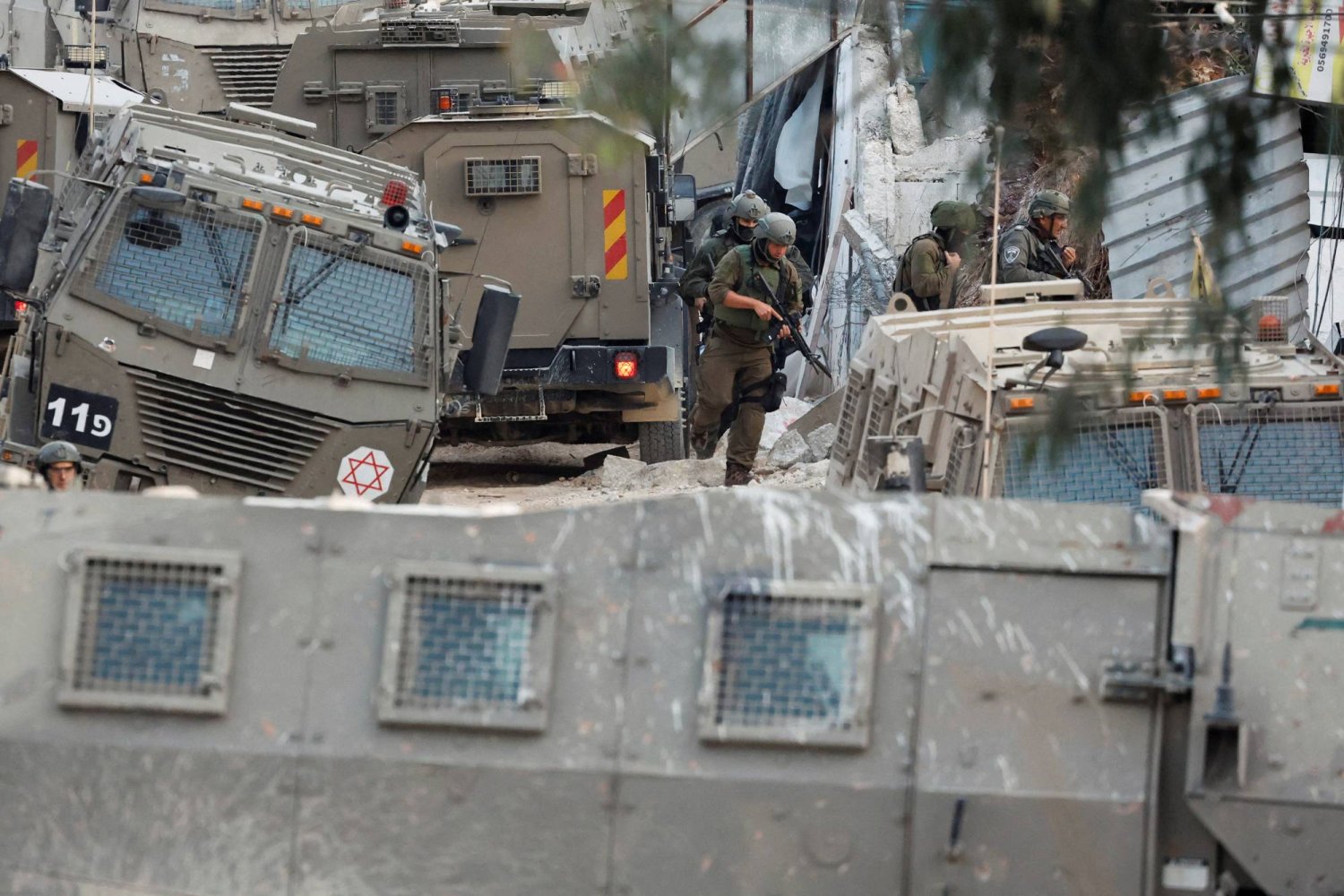
Since October 7, refugee camps in the West Bank have not caught their breath from the successive raids by Israeli Occupation forces, each day marked by bloodier and more destructive operations.
In addition to killings, arrests, and torture, the Israeli Occupation forces deliberately destroyed infrastructure and caused extensive damage to main and side streets in the camps and their surroundings, sometimes digging them up to a depth of a meter.
This results in the destruction of water, sewage, electricity, and communication networks, as well as the destruction of homes or parts thereof, and the smashing of any vehicles and both private and public properties that come in their way.
After October 7, the Israeli Occupation conducted several bloody raids on the Tulkarm and Nur Shams camps, resulting in the martyrdom and injury of several young men, accompanied by significant destruction of infrastructure.
The head of the Popular Services Committee for the Tulkarm camp, Faisal Salama, said that the camp's infrastructure was destroyed: the main and side streets leading to the camp, sewage, water, electricity, and communication networks.
The damage was not limited to the camp's infrastructure, as a large number of citizens' homes were severely damaged during the recent raids.
There is no house in the Tulkarm camp that has not been bulldozed, blown up, or shot at, according to Salama's statement to the Palestinian news agency at the end of January 2024.
The agency reported that what recently happened in the Tulkarm camp is similar to what frequently occurs in the adjacent Nur Shams camp and in the Jenin camp, whose residents have not known peace for a long time.
Mohammed Dabaya from the Popular Services Committee for the Jenin camp said that the camp is suffering greatly due to the destroyed infrastructure and damaged homes, whose situation worsens with each new raid.
He added to the same agency that what is happening in the Jenin camp and other camps confirms that the Israeli Occupation is conducting collective punishment to break the will and resilience of Palestinians, who suffer killings, arrests, torture, and destruction of their homes and facilities.
The committee estimated that at least 70% of the infrastructure and citizens' homes, and about 90% of the shops and commercial establishments, especially those located at the entrances to the camps, have been completely or partially destroyed during the repeated raids.
It pointed out that the Israeli Occupation forces deliberately re-destroyed what had been repaired and renovated in each raid, including streets, water, and electricity networks, confirming Tel Aviv's sinister intention to destroy means of livelihood and turn the lives of Palestinians into hell.
Sources
- 17 Years Later: Bloodthirst from air [Arabic]
- The occupation announces the assassination of a resistance cell in Jenin using a drone [Arabic]
- West Bank camps: Rain shows the extent of the occupation’s destruction of infrastructure
- Palestinian Authority: 27 thousand dunums of West Bank land have been confiscated since October 7 [Arabic]



